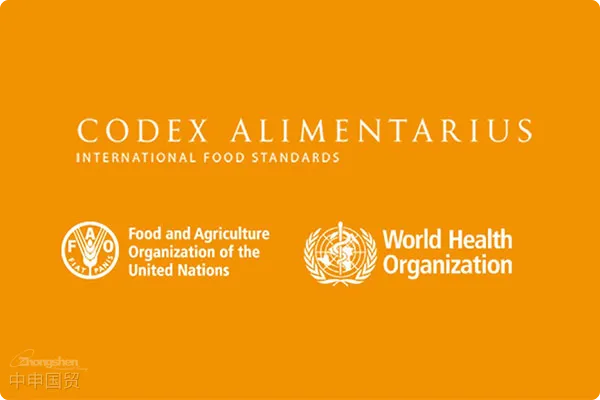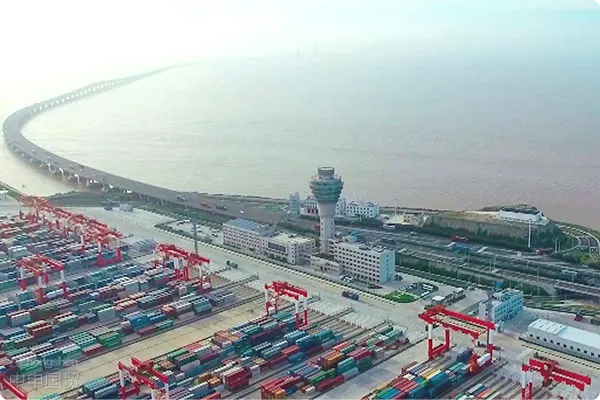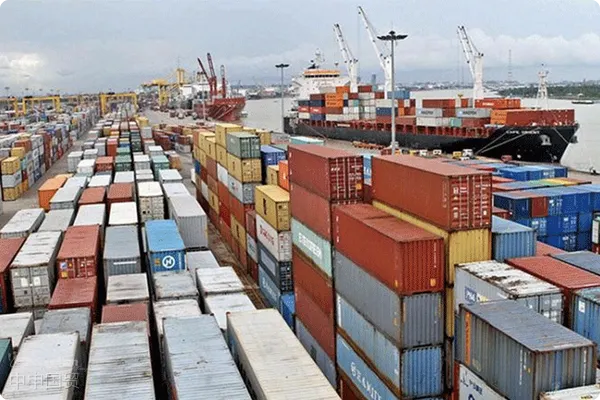- Shanghai Zhongshen International Trade Co., Ltd. - Two decades of trade agency expertise.
- Service Hotline: 139 1787 2118
Since its establishment in 1963, the Codex Alimentarius Commission (CAC) has been committed to developing global food standards, guidelines, and codes of practice to ensure food safety and quality and promote fair international food trade. On January 16, 2024, the CAC proposed revisions to its General Principles of Food Hygiene: Good Hygiene Practices and Hazard Analysis and Critical Control Point System (CXC-1969), specifically adding guidelines for controlling pathogenic Vibrio. This article provides a detailed introduction to the revisions and their impact on global food safety and trade.

I.Key Revisions
Handling, Storage, and Transportation
The revisions emphasize that fishing and cooking vessels must use ice made from clean water to rapidly chill seafood, reducing the risk of cross-contamination. Additionally, landing times should be minimized, and covered containers should be used during transportation to prevent the growth and contamination of pathogenic bacteria.
Training and Competency
The revisions specify that processing personnel must receive training on control measures to reduce the risk of pathogenic Vibrio, enhancing their awareness and handling capabilities regarding food safety.
Time and Temperature Control
The revisions highlight that time and temperature are critical factors in controlling the growth of pathogenic Vibrio. It explicitly states that processing products under specific conditions—such as temperatures below 10°C, pH below 4.8, sodium chloride concentrations above 10%, or water activity below 0.94—can effectively reduce the growth of pathogenic Vibrio.
Product Labeling
The revisions recommend that product labels, where appropriate, include advice on safe handling and storage. Particularly for seafood products susceptible to pathogenic Vibrio contamination, labels should remind consumers of the risks and safe handling methods before consumption.
Consumer Education
The revisions advocate educating consumers to keep seafood refrigerated. High-risk consumers, such as those with diabetes or hemophilia, should avoid raw or untreated seafood and are advised to cook it thoroughly before consumption.
II. Impact of the Revisions and Response Measures
Impact on Seafood Exporting Enterprises
The revisions impose higher standards and requirements on seafood production, processing, and exporting enterprises. Companies must enhance training for personnel involved in seafood production, harvesting, processing, and handling to ensure they understand and can implement the new hygiene measures. Additionally, enterprises must focus on controlling time and temperature during processing to prevent the growth of pathogenic Vibrio.
Impact on International Food Safety and Trade
Although CAC standards are voluntary for member countries, they are widely adopted by nations worldwide as the basis for domestic legislation and international trade. These revisions will help elevate global food safety standards and reduce health risks caused by foodborne illnesses. For international food trade, compliance with CAC standards will serve as a passport to global markets.
Response Measures
To comply with the revised standards, seafood exporting enterprises should:
Related Recommendations
? 2025. All Rights Reserved. 滬ICP備2023007705號-2  PSB Record: Shanghai No.31011502009912
PSB Record: Shanghai No.31011502009912










